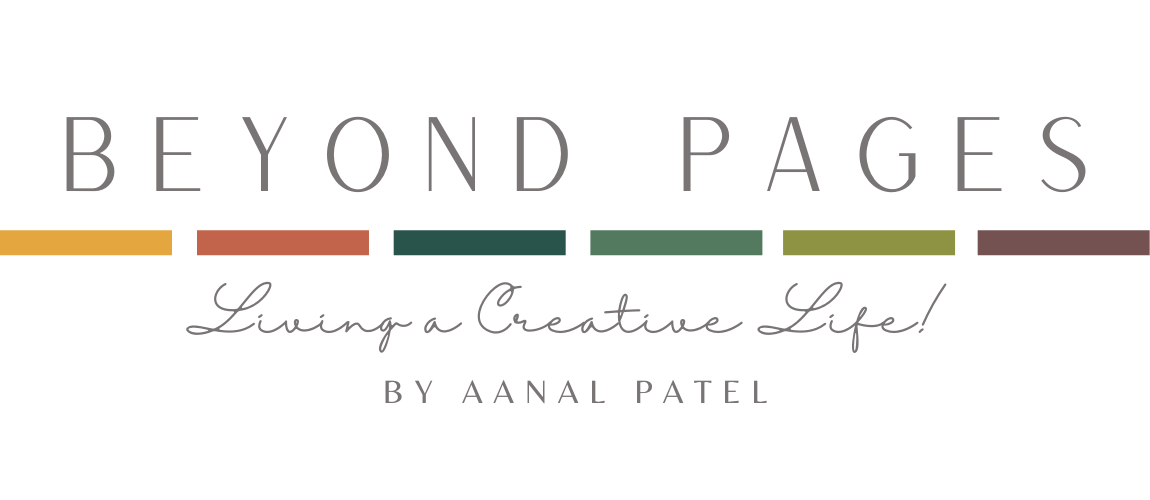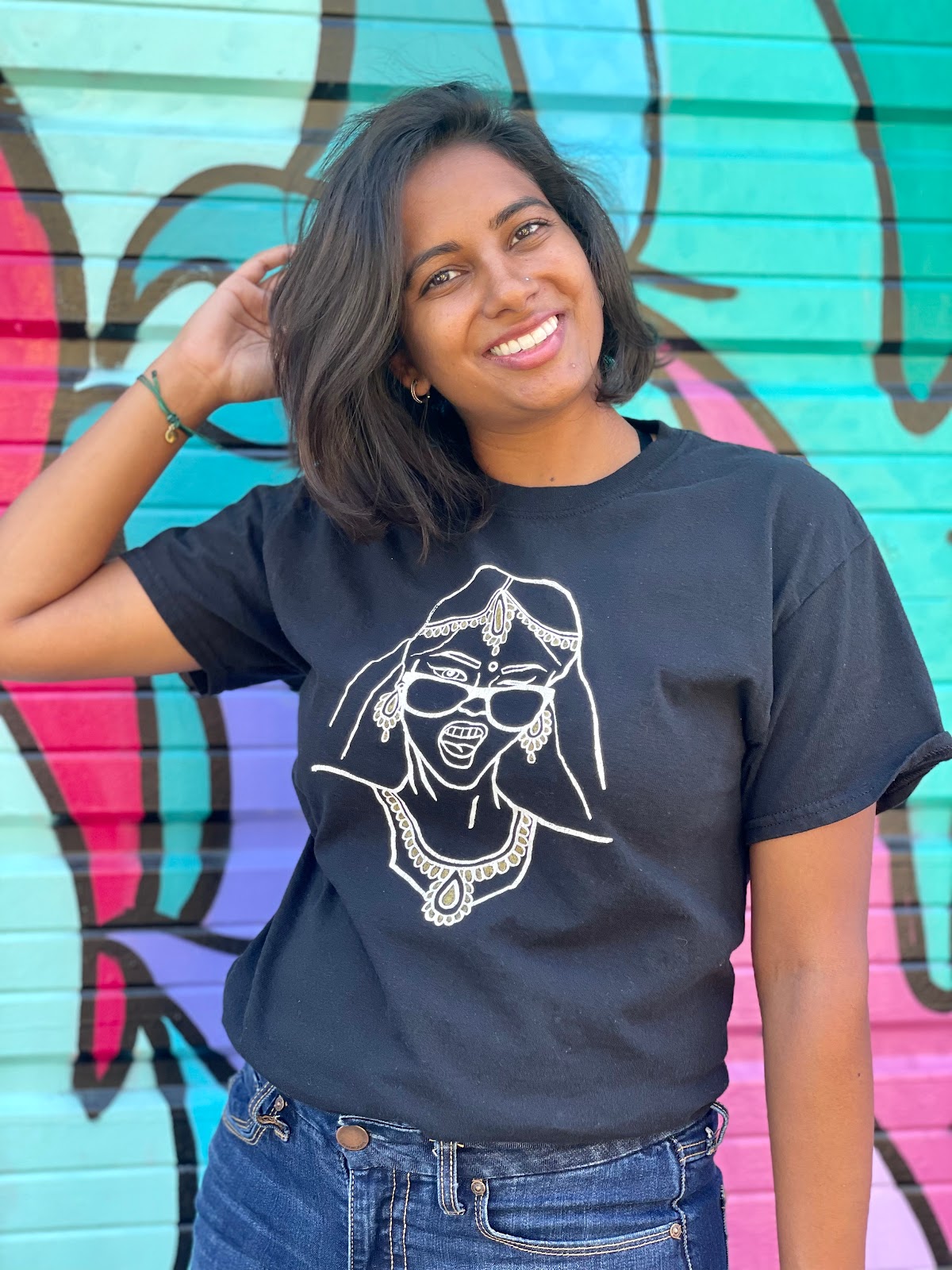"Every child is an artist. The problem is how to remain an artist once we grow up" - Picasso
1. The Materials:
Paints: You only need some main colors to start out with because you should explore color blending and color textures! I personally LOVE making my own colors and exploring with color outside the norm so I highly suggest trying to stick to these colors! ** A pea sized amount goes a LONG way, don't waste paint! **
- Yellow Ochre
- Cadmium Yellow
- Cadmium Red
- Alizarin Crimson
- Ultramarine Blue
- Prussian Blue
- Titanium White
- Burnt Sienna
- Burnt Umber
Palette: You need something to mix paints on. I use these disposable palette sheets that come in a pad of 50, super easy to use and versatile! I have a small Sealable palette that I put the sheet in so my paints don't dry quickly and can be used over the course of multiple days! It's so hard trying to make the same color again, so this thing is awesome!
 |
2. Cleaning Supplies:
- Turpenoid: This is a paint thinner used to clean your brushes while painting. You don't use water to clean your brushes with oil paints. You clean them in this thinning solution. I usually clean them as much as I can with this at the end of a painting session, then add a conditioner and clean off whatever little is remaining with water, but the Turpenoid works really well just on it's own too!
- Jar: To keep the Turpenoid in, you don't want to be wasting all of it, and again a little goes a LONG way. I'm also not certain about allowing this solution to drain in the sink or in the trash so I usually just contain it in the jar and throw that away when I do. Which has only been once so far. I use a an old Ragu glass jar, no need to buy a new jar! (As you can see there's very little solution in the bottle)
- Conditioner: I'm very clean, and I like to take care of my things so of course I bought a brush conditioner. After cleaning as much paint off with both the Turpenoid and a rag I run the brushes under a bit of water, around the conditioner and swirl in my hands to get them as clean as I can. I then just run them under water and let dry.
- Rag: I use a rag A LOT while painting, you can see mine pictured above with the brush cleaner. It's the easiest way to quickly clean of my brush and switch to a new color while painting. I did not buy rags, I just took an old towel and cut it up into small 1ft x 1ft rags and that has worked great for me. I usually go through 1 rag per painting.
3. Painting Surfaces: Now that you have all the materials you need something to actually paint on. This varies on artist and I highly suggest just trying a bunch of stuff. I personally prefer Gesso Board due to it's smooth, hard surface. I also like Mylar but it definitely absorbs a lot of paint. I'm not the biggest fan of canvas but I suggest everyone to start with that just to get a feel for things. I think after that any surface treated with gesso (primer) can be painted on.
4. Painting Clothes: You will definitely get paint on yourself no matter how clean or careful you are. So it's better to wear something you don't mind having paint stains and oil stains on!
Now that you have the basic materials, get started and have a stellar time creating personal art!
XOXO
-A













.png)

Post a Comment